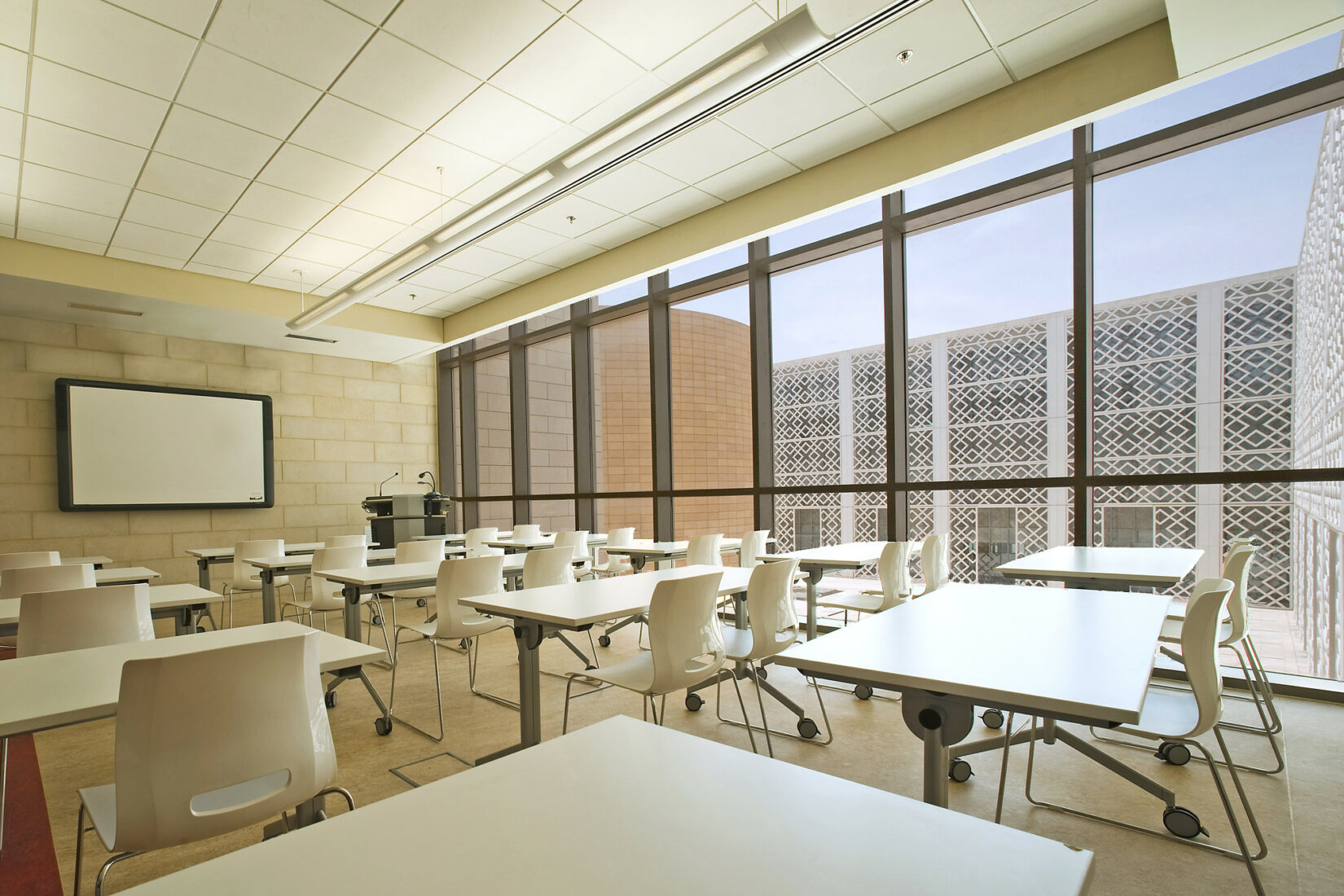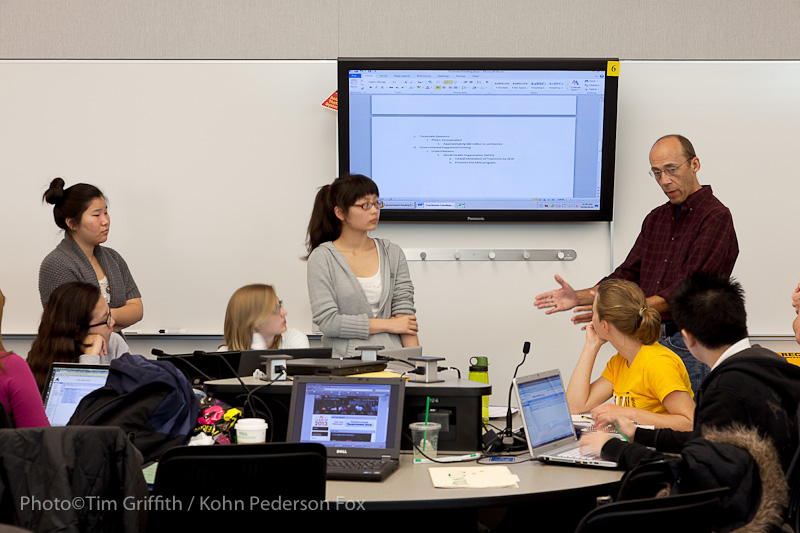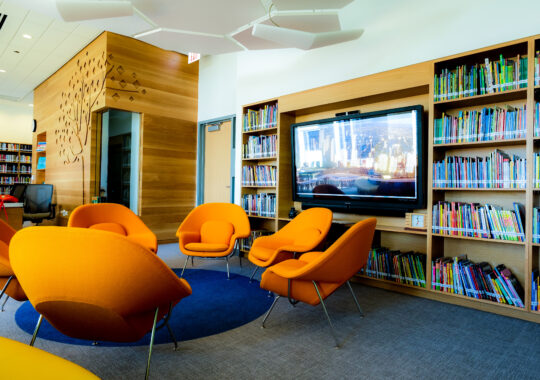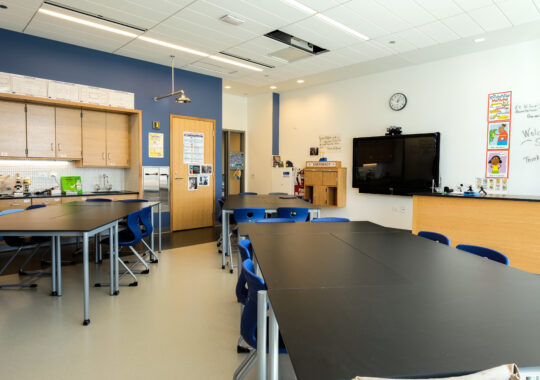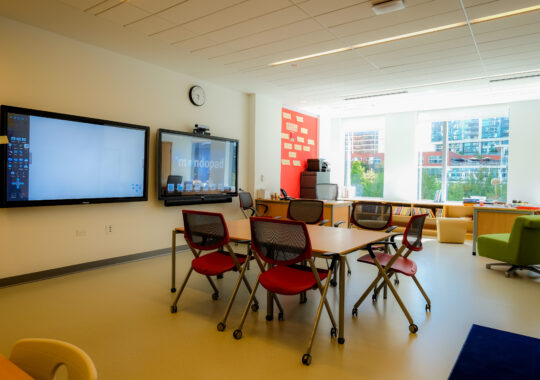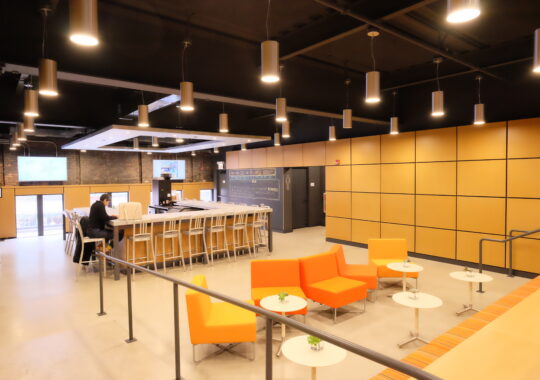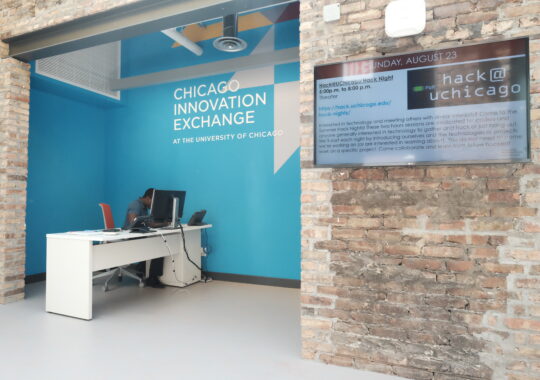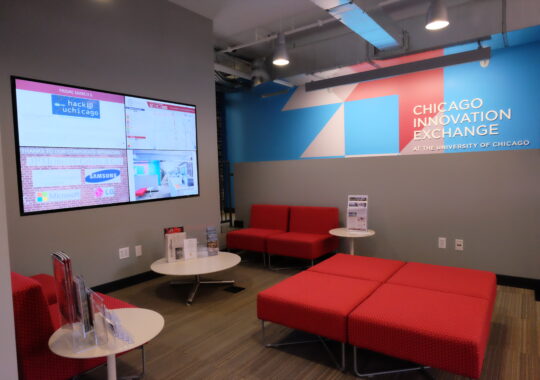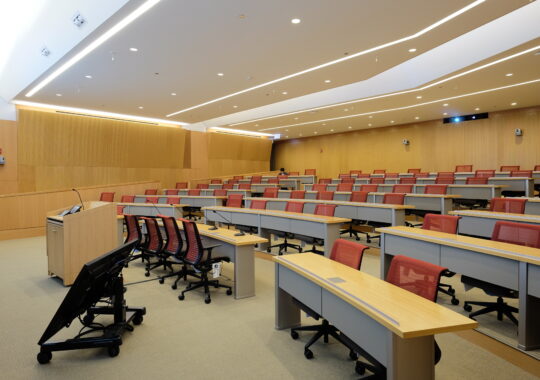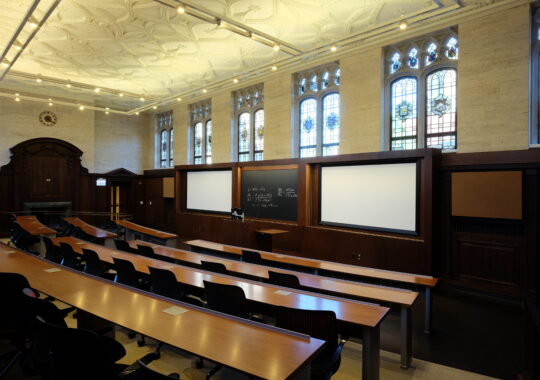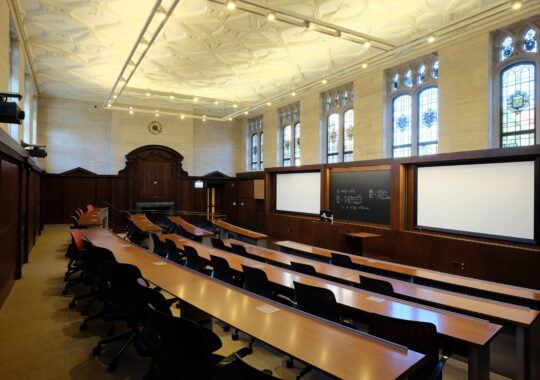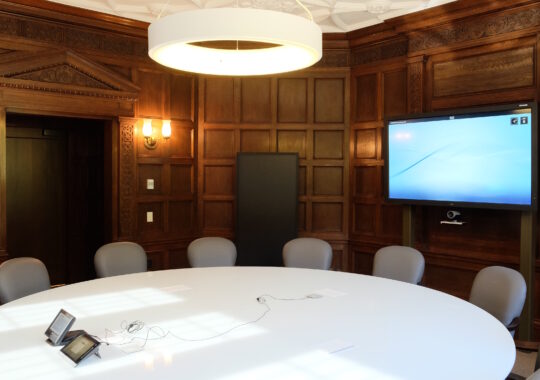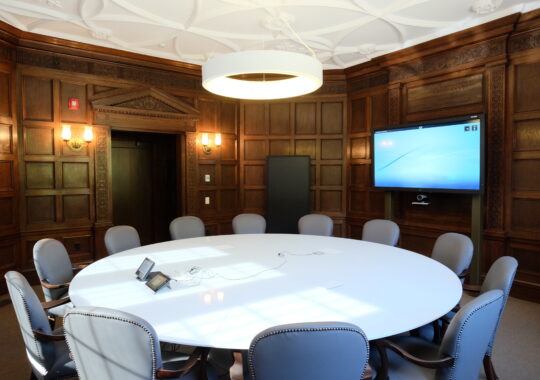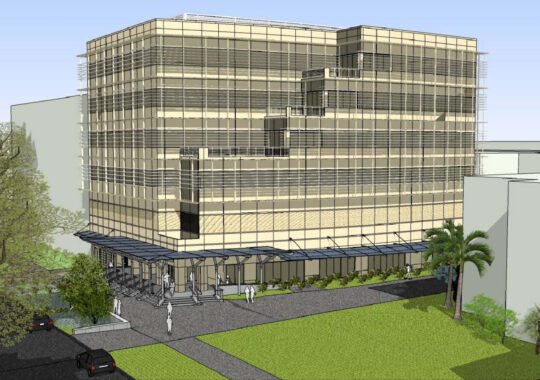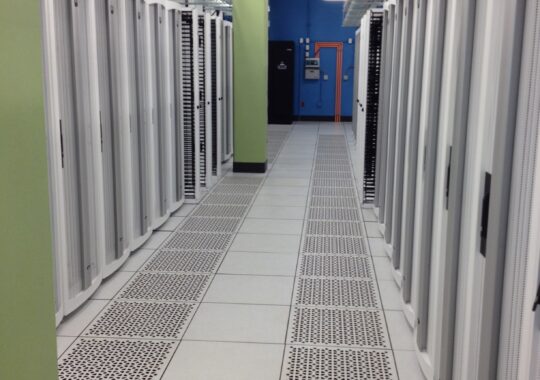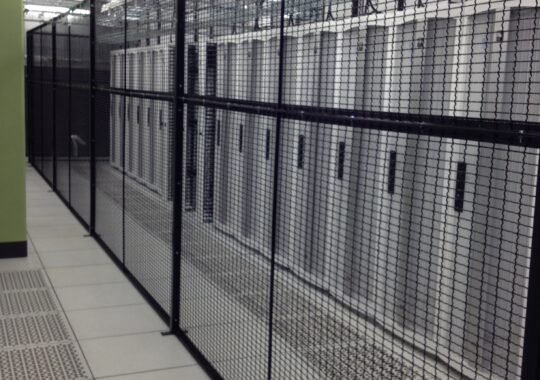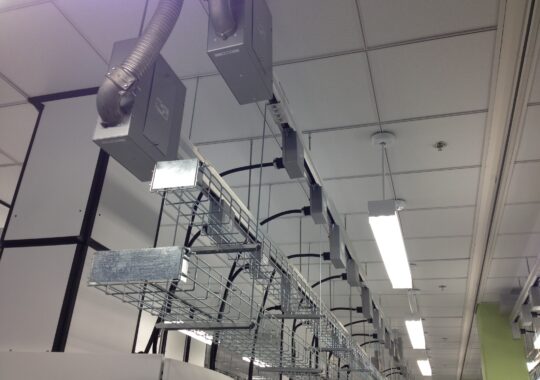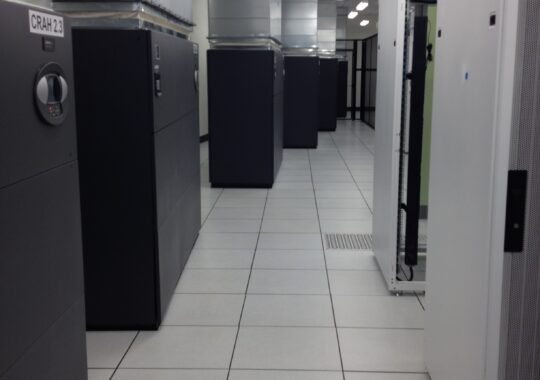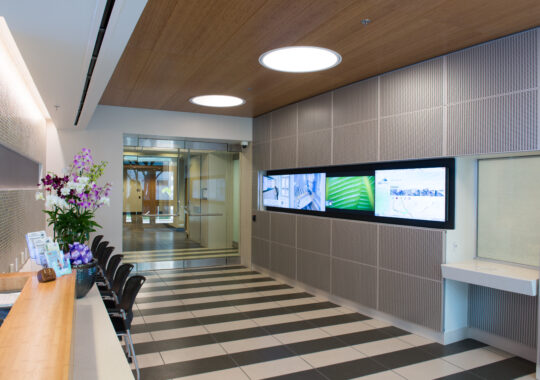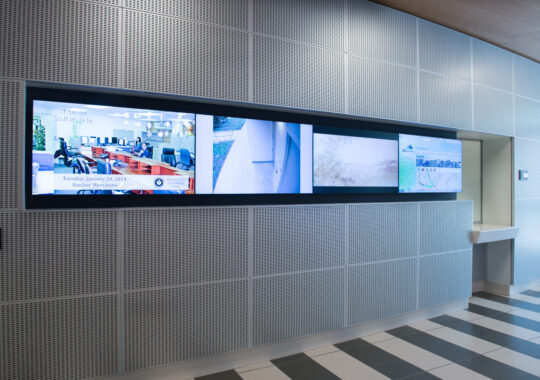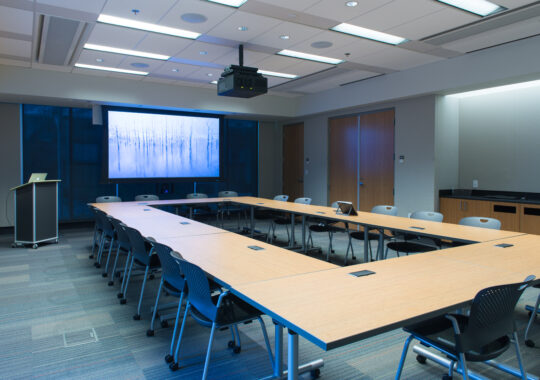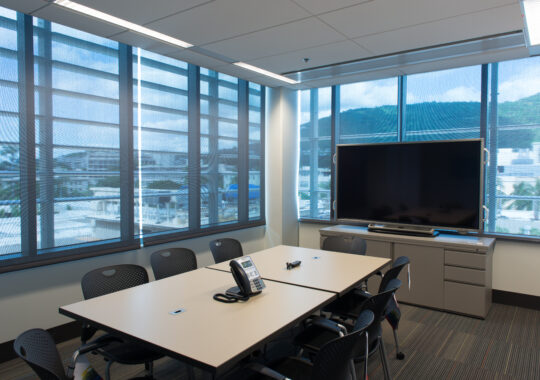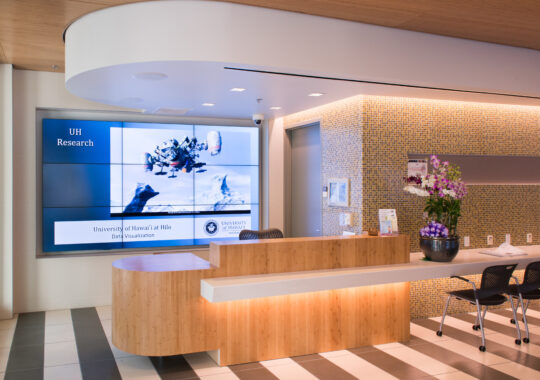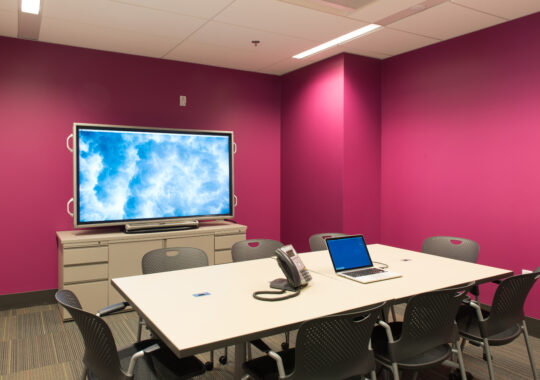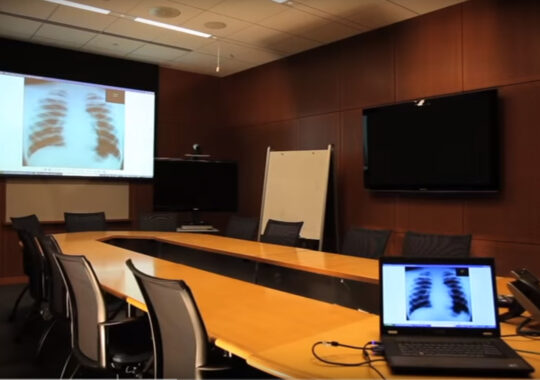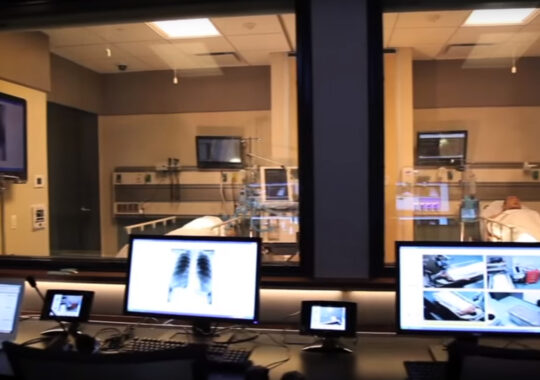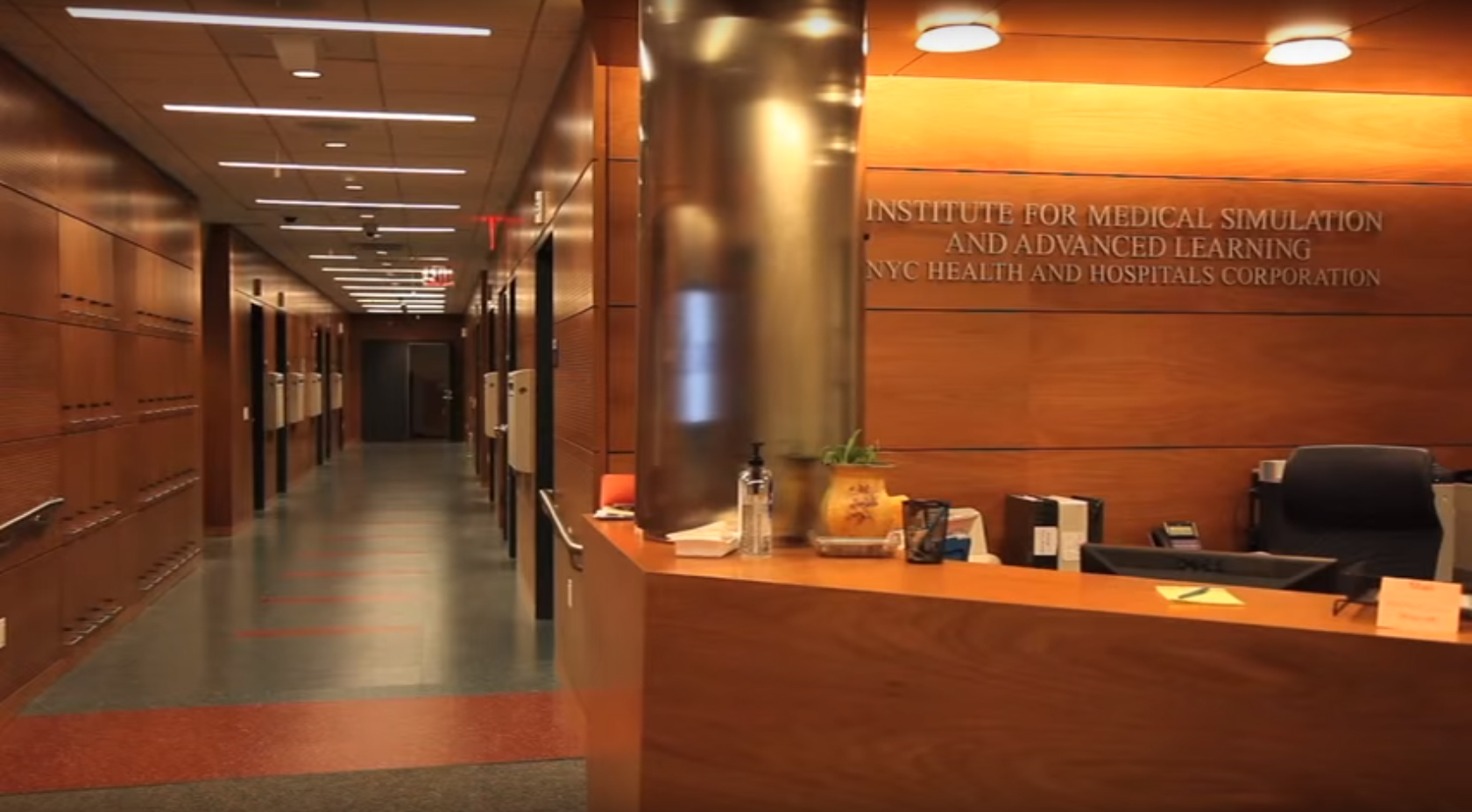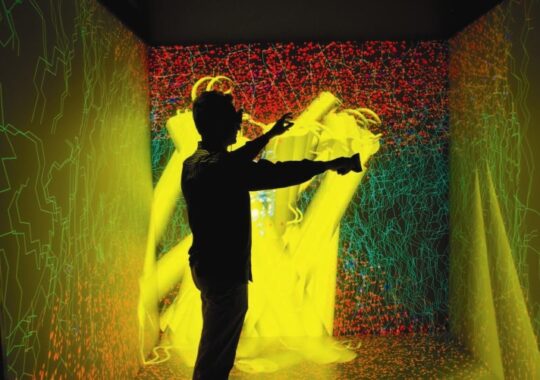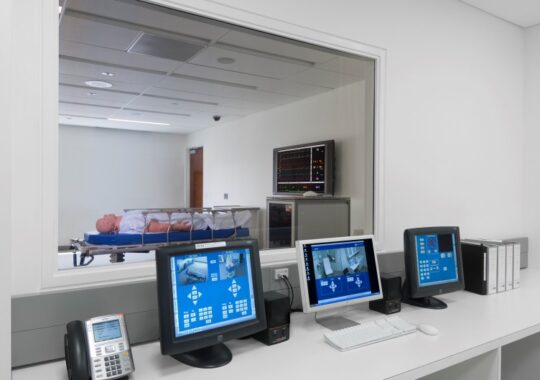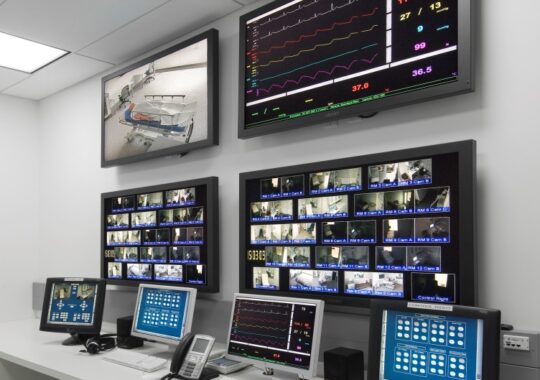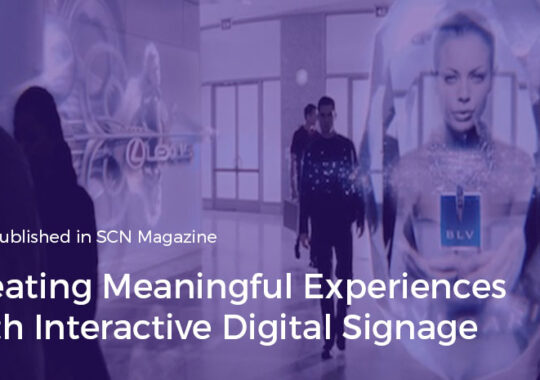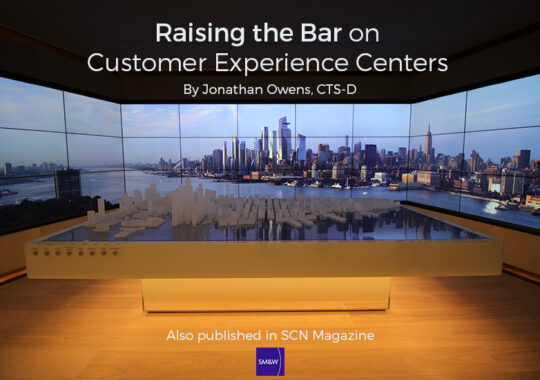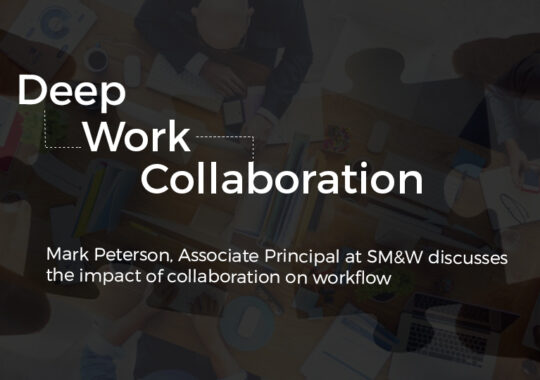Using Technology to Enhance a Classroom’s User Experience
- Mar 28, 2018
Since the stone age, our industry has sought a method to incorporate increasing levels of technology in support of curriculum and pedagogy into the class environment. Many times, sadly, technology has been installed purely for technology’s sake, and had little to do with specific curriculum.
It had become a practice to install lots of devices like video/data projection, dedicated computer sources, VHS/DVD players, sound systems for pre-recorded content and voice amplification, distance learning, recording, and camera manipulation—just in case there was a need. The shortcoming here is that by the time the technology was needed, the instructor had long forgotten how to use it or the technology itself was outdated or non-functional. Even worse, educational institutions were making investments in technology that were inappropriate for the curriculum with the intent to prepare for the future.
Pipe Dreams
What if the industry standard when designing the classroom environment and its related technology was to enhance the user experience, to be more intuitive and easier to adapt to changes in pedagogy or space, and more manageable, with less hardware and computer code writing for integrated control systems?
Why do classrooms need to be saddled with complex devices and control interfaces that make the space less useful than envisioned, and more technology laden than necessary?
User Control Interface Utilization and Challenges
The advent of voice recognition has enhanced the user experience in our cars and homes, reducing the need to punch buttons and scroll between screens while driving or enjoying our home entertainment centers.
Today, devices such as Alexa, Google, Bixby, Invoke, and Watson, to name a few, can offer options in classrooms that respond to individual requirements for each room and/or instructor, using a standardized and customizable set of voice commands that can automate and simplify the user experience to the technology in the space. Is voice recognition technology the answer to all spaces and needs? That’s debatable, but certainly an option to be considered.
Voice recognition has come a long way in the past couple of years, but it is not perfect. Voice commands must follow a structured command protocol. If it falls out of a specific order, the result can be a less than desirable experience for the user. For example, the user is presented with a control panel (buttons or touchpanel) that often requires them to follow logic in selection of sources and the requisite display of content onto a projection device or devices. The user would then press a few buttons and when things appeared to be unresponsive, the disruption would cause instructors to become frustrated and create work-around solutions to achieve the expected results. The remote-control system, and the hours of computer programming necessary to create a ‘user interface’ that is understandable and adaptable to new technologies and applications in the classroom have become quite complex to design, install, and debug.
As a result, technology that was designed to enhance the educational experience can end up standing in the way of instructors conducting their designated class. If we add the complexity of the flipped classroom, active learning, team-based learning, and problem-based learning environments, this discussion is exacerbated even further.
Intertwining of Design and Education
Technology manufacturers have been developing consortiums to develop standards that will bridge operability between systems to expand operational control that rivals the more traditional, labor-intensive touchpanel form of remote control. However, will voice recognition replace the touchpanel control system that we have all come to know and love? I am not sure I would take that leap yet.
The future will undoubtedly see greater development of options intended to enhance the user experience in the classroom, not only for the instructor but for the student as well. This includes expanding the functional control of the classroom beyond the purview of the instructor and to its students. The active learning classroom is an example of this: the need to enhance the experience of everyone within the room.
One such active learning classroom configuration utilizes collaboration stations with five to seven people throughout the room. Each collaboration “pod” might include a flat panel display for students to share individual PC outputs, or combine them onto their local screen. During sessions, it is often desirable for groups to “report out” certain findings or results of their work with the entire class. This requires any given pod to be able to gain access to the other pod displays, or a large screen display elsewhere in the classroom, that all can view. Additionally, many such environments offer the instructor the capability to share information from their PC onto a single large display or to each pod, thus reducing the need for a traditional teaching wall.
The ability to manage these signals from multiple pods, as well as the instructor’s PC, to various distributed displays or a large classroom display can be confusing for instructors and students alike. The end result is that many such applications tend to be curtailed either by a remote control system that is overly complex, and/or an instructor that simply does not want to deal with the complexity of managing these devices.
The holy grail of maximizing flexibility while minimizing user frustration and reducing costs. Voice control might provide the key to this, allowing persons to more easily communicate the desired function and improve the overall user experience.
Which form of user control interface will you utilize in the future? How will you enhance the user experience in the classroom? Leave us your thoughts on Twitter @ShenMilsomWilke.
